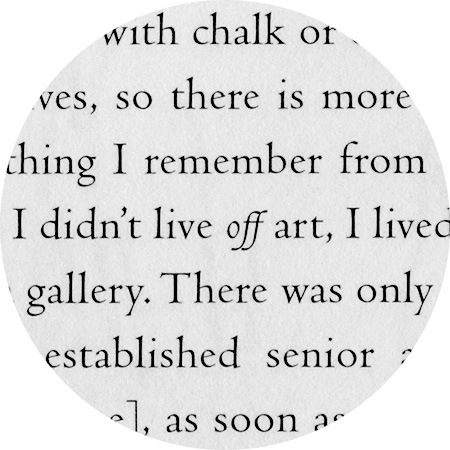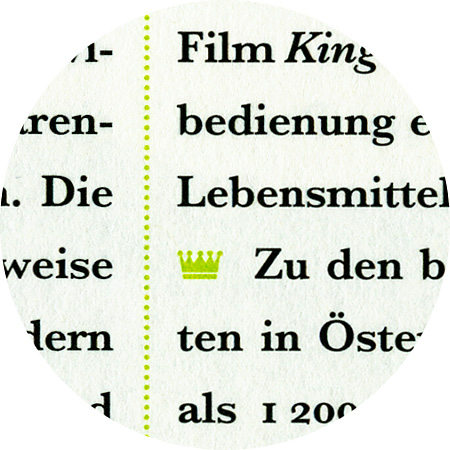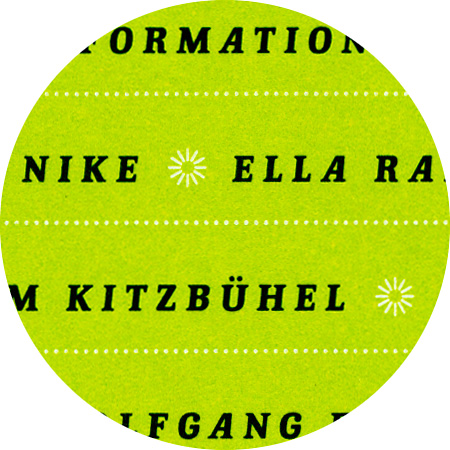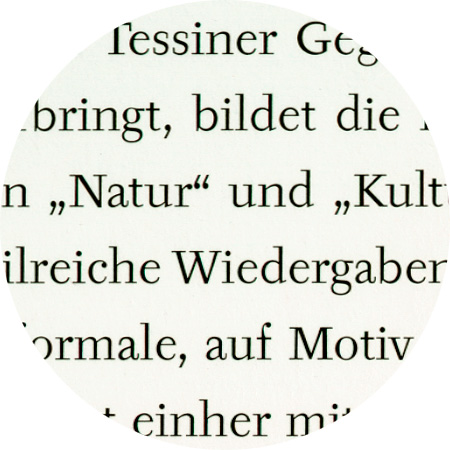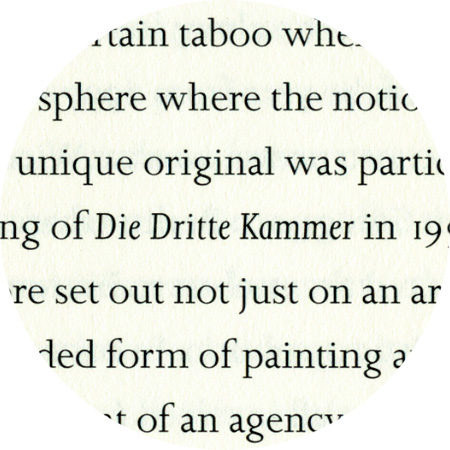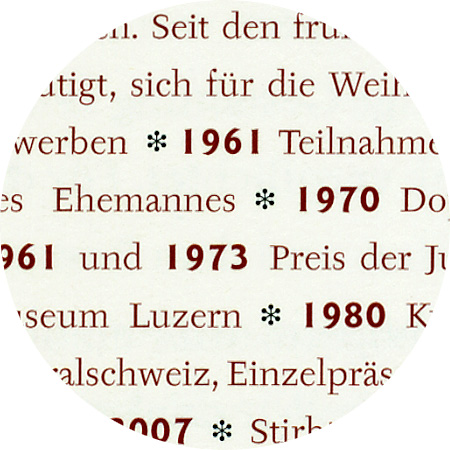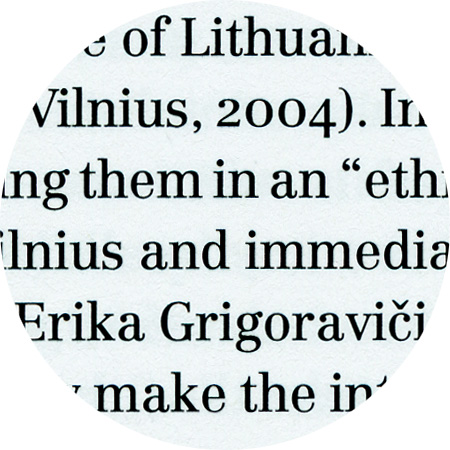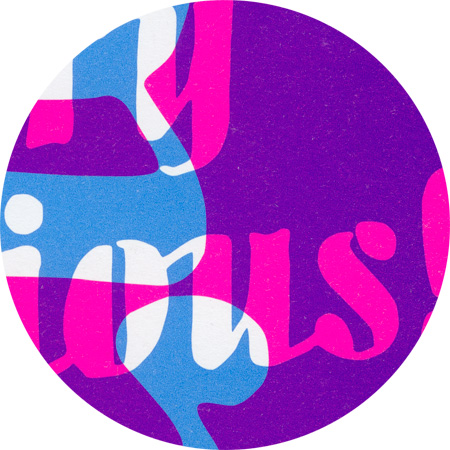October 8th, 2007
Centaur
Centaur, originally designed by Bruce Rogers and Frederic Warde, 1914/1925). Bruce Rogers originally designed Centaur for the Metropolitan Museum in 1914. The italic font, which was later added by Frederic Warde in 1925, was originally called Arrighi. He drew these italics based on Ludovico Vicentino's Italika from the first half of the 16th century. The majuscules were designed from scratch.

